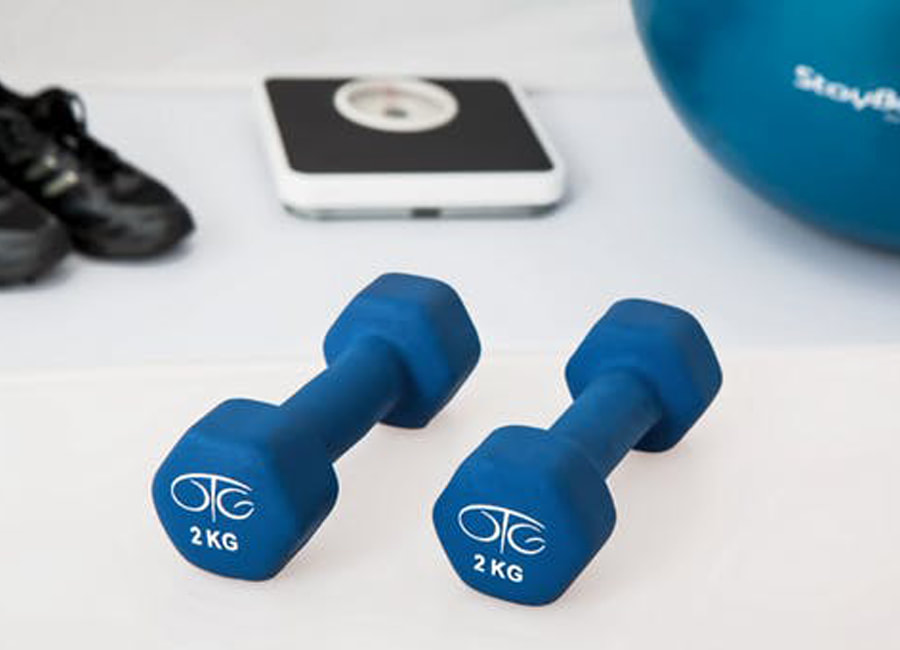Training & ExerciseIn hospital
You will usually be seen by a physiotherapist who will give you breathing exercises and tell you how to cough supporting your stoma and wound. The best exercise immediately following surgery is to get up and walk. You may need the help of a nurse or physiotherapist at first but this should become easier. Sitting out of bed is also advised to reduce the chance of a chest infection. You may be taken for a stair assessment prior to discharge.
|
In the early days
It is important to keep mobile when you return home, and walking is ideal, but remember however far you walk you will need to get back again.
You may find it helpful to set yourself realistic goals that gradually increase over time. Listen to your body and if it feels too much, don’t do it!
You may find it helpful to set yourself realistic goals that gradually increase over time. Listen to your body and if it feels too much, don’t do it!
Ongoing exercises
After stoma surgery it is important that you get back to a healthy lifestyle as soon as you feel able. Your recovery period may vary and will depend on your age, type of surgery, level of fitness before surgery and time spent in hospital. Strengthening your abdominal muscles is beneficial for your general recovery. Swimming, walking, yoga and pilates will help to do this, but stop if it hurts. Continue with the abdominal exercises you were shown in hospital.
Whatever activities you enjoyed before your surgery, you should be able to get back to when you have recovered. Speak to your Stomal Therapy Nurse or Surgeon before starting anything strenuous. It is also advisable to speak to your Stomal Therapy Nurse about a support garment before returning to any exercise and activities. This will support your abdominal muscles, helping to prevent the development of a hernia.
If you go to a gym it is advisable to see a personal trainer before commencing activities as they should be able to offer a tailored exercise programme. Activities such as gardening and golf can be commenced again but it is advisable to wear a support garment when doing these.
Ensure that you drink plenty of fluids when exercising to avoid dehydration.
Whatever activities you enjoyed before your surgery, you should be able to get back to when you have recovered. Speak to your Stomal Therapy Nurse or Surgeon before starting anything strenuous. It is also advisable to speak to your Stomal Therapy Nurse about a support garment before returning to any exercise and activities. This will support your abdominal muscles, helping to prevent the development of a hernia.
If you go to a gym it is advisable to see a personal trainer before commencing activities as they should be able to offer a tailored exercise programme. Activities such as gardening and golf can be commenced again but it is advisable to wear a support garment when doing these.
Ensure that you drink plenty of fluids when exercising to avoid dehydration.


